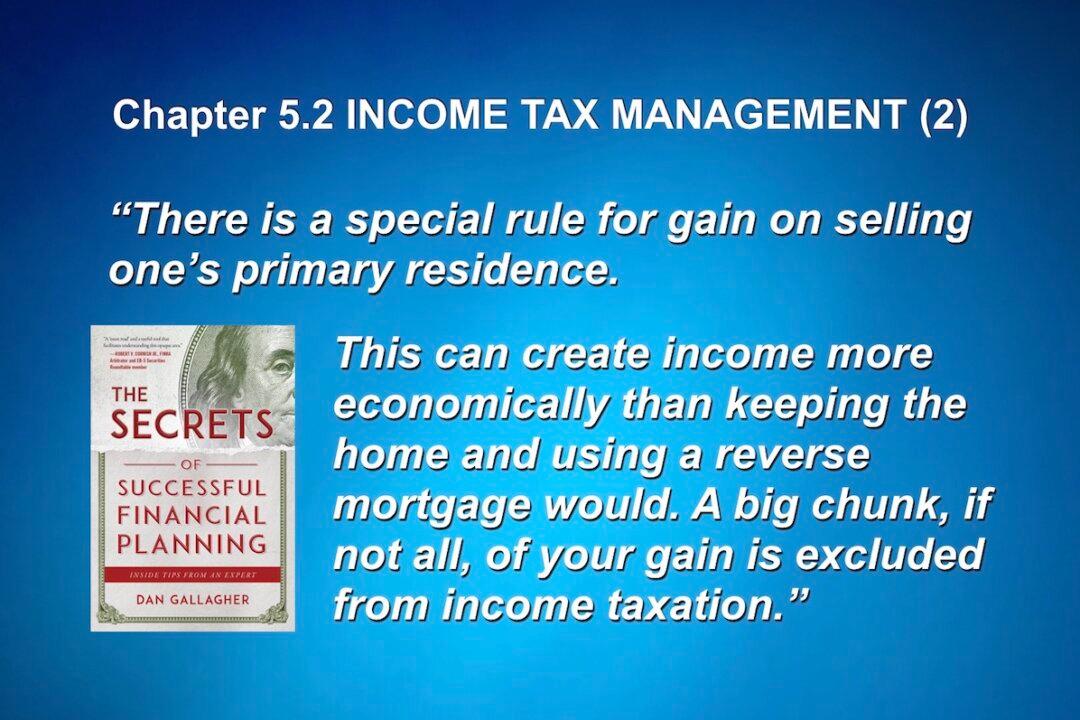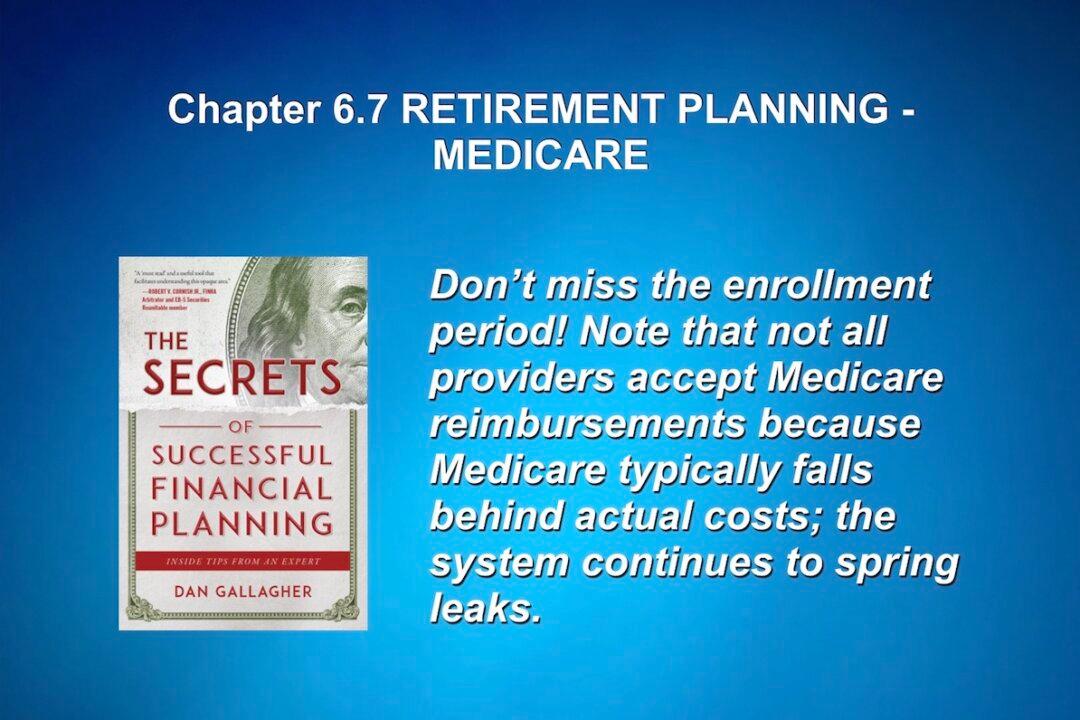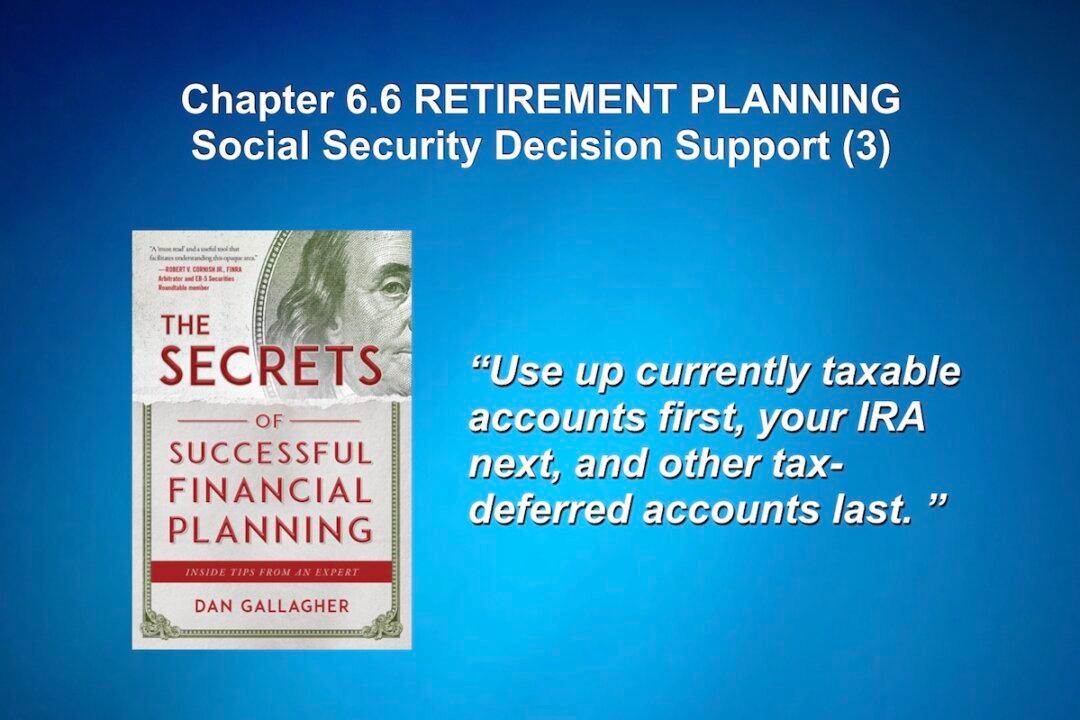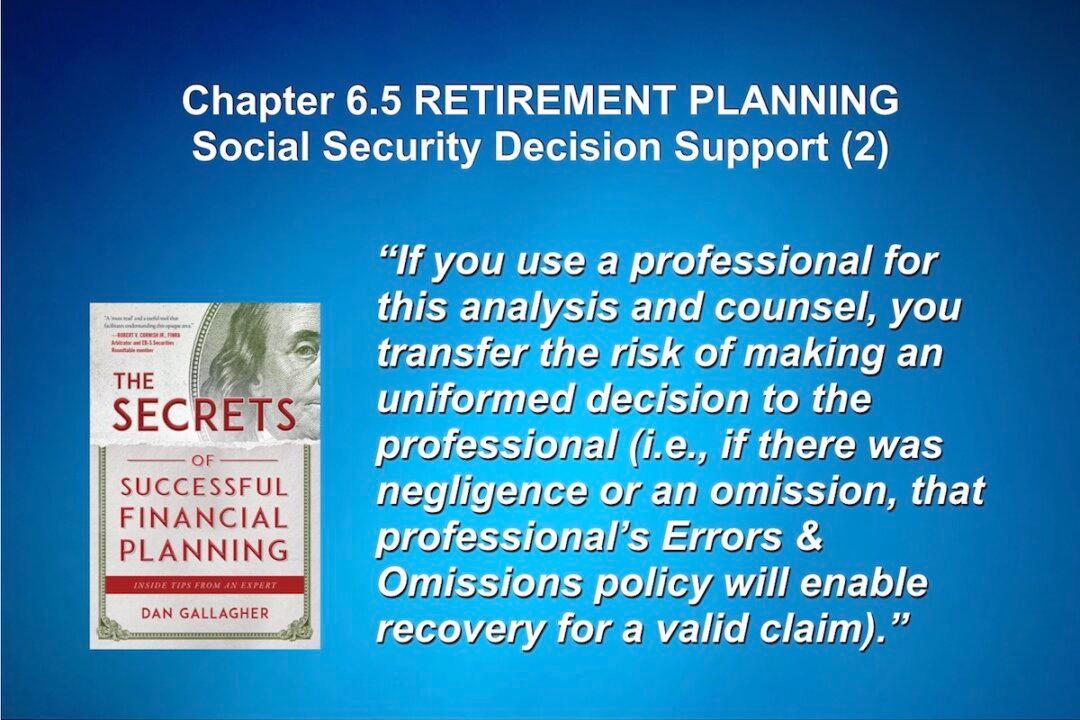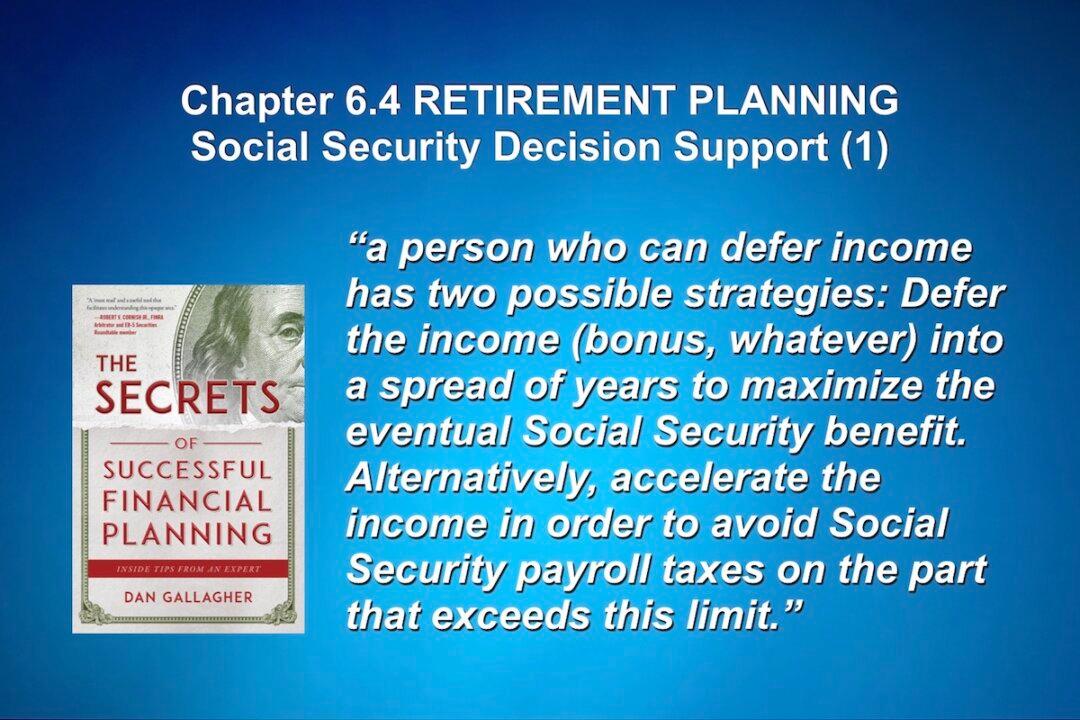Municipal Bonds and Muni Bond Funds
Municipal bonds are commonly mistaken for low-risk investments, especially if diversified across regions and types of local economies. As we have seen in the last two recessions, it is very possible for municipalities to default, either ongoing as to principal and interest or as to interest. Even if they do not default, nervousness and “political risk” are areas of risk not typically found with other bonds.
This risk stems from municipalities relying on an expanding realty tax base that might decline or not grow. There is interest rate risk also from interest rate fluctuations (higher rates produce bond value loss). However, a few states waive some or all taxation of the interest paid on these bonds, and the federal government waives income tax on all of the interest earned. There is no waiver on gain realized when the bonds are traded. Remember phantom income. The nice thing, too, is that this income is not considered “earned” when determining how much of your Social Security is subject to income taxation. Tax-free money market funds have low risk due to short duration remaining or originally on the bonds; this is an excellent choice for part of a Tier 1 cash reserve for people in a high tax bracket. As for longer-term bonds and funds, for someone in a high tax bracket who also needs income from investments, this asset class is an efficient choice. Stagger bond maturities in a trading account so they don’t all come due at once and are less exposed to the risk of interest rates rising when you might want to sell one. Declining rates at maturity time will cause you to buy new ones at a premium.
One should understand the two types of municipal bonds, and the composition of municipal bond mutual funds. But just as importantly, one must understand the broader rule regarding any sort of gain and loss tax recognition: All gains on capital assets (not insurance products, which are income taxable and do not qualify for capital gains treatment) are recognized in the year of harvesting. Capital asset losses can be charged against any amount of new gains. But when you run out of gains to balance against losses, a maximum of $3,000 of losses can reduce ordinary income—per year. Remaining capital losses are “carried forward” to future tax years.
Qualified Versus Nonqualified Dividends
Federal taxation rates for qualified dividends on corporate and mutual fund shares (declared as a dividend by underlying corporation; not derived from trading by manager) are favored at the federal level and in some way for most states and provinces. Funds keep records and distinguish dividends from gains or nonqualified earnings on your annual form 1099. Reinvesting these, if you don’t need the income, is superior in the end result. The dividends used to purchase extra shares are not taxed, under the assumption that they are merely a return of your original investment that has already been taxed. If you invest with dividends long enough, you will experience far more investing of money that is not taxed than you actually used to buy shares originally. In addition, these dividends add to your basis in the shares for the day when you eventually sell them off. Basis is not subject to capital gains tax (only your proceeds less the basis). One might say that this favors the rich, but it encourages capital formation: new money buying stocks and driving economic growth. The current bracket/taxation treatment for qualified dividends (same for long-term capital gains) is:
Brackets up to 15%: tax-free Brackets up to 39.6%: 15% tax For taxpayers with AGI above this bracket: 20% tax
Dividends distributed by mutual funds but derived from other sources (interest, trading, etc.) are called “nonqualified” dividends and taxed as ordinary income.
Capital gains are short-term (if the asset holding period is one year or less) or long-term (held longer than one year). Short-term gains are taxed as ordinary income. Long-term gains are favored. An heir receiving property has the holding period that the decedent had, plus his or her own wait time before liquidating.
There is a special rule for gain on selling one’s primary residence. This can create income more economically than keeping the home and using a reverse mortgage would. A big chunk, if not all, of your gain is excluded from income taxation. Here is how this works, as quoted almost verbatim from IRS Pub 523:
Your sale qualifies for exclusion of $250,000 gain (filing singly or married/separately; $500,000 if married filing jointly) if all of the following requirements are met.
• You owned the home and used it as your main home during at least two of the last five years before the date of sale.
• You didn’t acquire the home through a like-kind exchange (also known as a 1031 exchange), during the past five years.
• You didn’t claim any exclusion for the sale of a home that occurred during a two-year period ending on the date of the sale of the home, the gain from which you now want to exclude.
There are also rules concerning the sale of your business. In summary, though, only shares (being “capital assets” like bonds, real estate, etc.) qualify for capital gains tax treatment when sold; not a partnership interest or a sole proprietorship. A human buyer of a business increases his or her basis when buying non-real estate assets of a business (inventory, goodwill, client relationships, etc.). Such a buyer would prefer a stock purchase over buying the assets of a sole proprietorship or the liquidated assets of a terminating corporation. The seller should argue that the activity is worth the “present value” of its future potential less a “risk premium” for that potential being overestimated. Obviously, the seller would prefer capital gains treatment, but beware: creation of a corporation for the sole purpose of causing capital gains treatment is an IRS target for disallowing that treatment and possibly civil penalties. As you plan your business sale, get your business broker to team up with your CPA, tax attorney, and financial planner.
There are many other tax tips to consider, and even several types of taxation to deal with. There are also “tax traps” I must alert you to. Yes, you hedge risks associated with liabilities, fire, professional errors, market risks, default risk for bonds, interest rate risk to bonds and to reinvesting in that asset class, specific risks associated with a particular company’s stock, etc. One of the more significant risks—well worth hedging—is the potential for change in tax rates and in tax attributes of investments in these three categories. Some tax benefits, though, are highly unlikely to change, even if we replace the income tax with some other system. There will still have to be transition rules to capture income tax that would be lost if we had an abrupt change from the income tax to some other revenue system. But, historically, one priority for Congress has resulted in scant tax benefit take-backs: Widows, orphans, and retirees must be taken care of in some way or political heads will roll. These groups must be financially secure, having food, education, medical care, and a roof over their heads. So tax changes that adversely affect this priority are minor, if they occur at all. Hence, real estate benefits at the homeownership level and certain education and insurance benefits will always be tax-favored. Hence, there is less tax-change risk in strategies that take advantage of such benefits than in any other financial strategy.
Annuities that are not IRAs or in employer retirement plans: These are called nonqualified or non-qual. A non-qual annuity provides tax deferral as if it had been an IRA. But for non-qual annuity annuitization, you get a special tax break: Your “basis” (taxed money that you invested) in the contract is divided by the number of years that the IRS mortality table assumes you have remaining (this is set in stone at annuitization and not recalculated yearly). This exclusion ratio results in much more of your income being non-taxable than withdrawals would be. Once your total investment is returned, though, all of your payments are included in income. Don’t worry: The carrier accounts for this and reports to both you and the IRS. If you die with any gain, it is deemed “income in respect of a decedent” and reflected on the income tax return filed for the last tax year of your life. Planning software will consider this factor and clarify your options for decision-making.
This excerpt is taken from “The Secrets of Successful Financial Planning: Inside Tips From an Expert,” by Dan Gallagher. To read other articles of this book, click here. To buy this book, click here.
